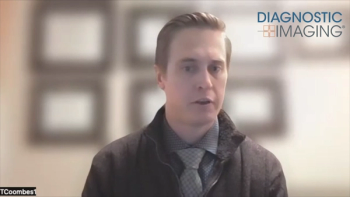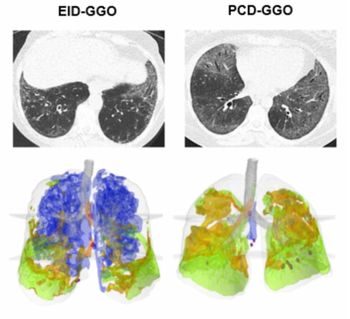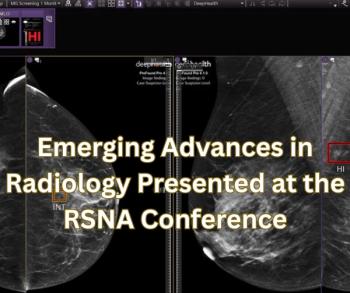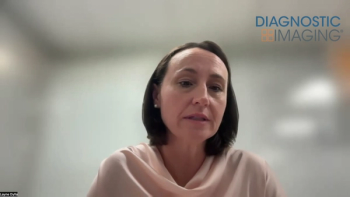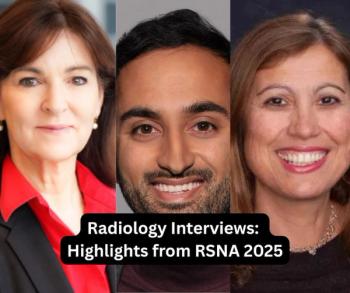
Emerging PET Agent Gets FDA Fast Track Designation for Glioma Imaging
A positron emission tomography (PET) agent that targets LAT1 and LAT2 membrane transport proteins, TLX101-CDx or 18F-floretyrosine could be utilized to help characterize progressive or recurrent glioma.
While current guidelines note the use of amino acid positron emission tomography (PET) for brain cancer imaging, no targeted PET agent has garnered approval from the Food and Drug Administration (FDA) for this indication.
That may be changing in the near future. The FDA has granted
Targeting LAT1 and LAT2 membrane transport proteins, 18F-floretyrosine (18F-FET) may provide a viable alternative to magnetic resonance imaging (MRI), according to Thomas A. Hope, M.D., the vice-chair of operations and strategy, and professor in residence with the University of Southern California, San Francisco (UCSF) Department of Radiology and Biomedical Imaging.
“There is critical unmet need to improve the diagnosis and management of glioma, particularly in the post-treatment setting … . 18F-FET has the potential to help determine if a glioma is truly progressing or undergoing a treatment-induced change, known as pseudo-progression, where MRI– the standard of care – can often be inconclusive,” noted Dr. Hope.
In recently proposed criteria for assessing diffuse gliomas, researchers suggested that amino acid PET imaging has significant potential.3
“Amino acid PET imaging is a promising tool to measure (tumor) tissue and provides additional information regarding (tumor) extent and activity compared with MRI,” wrote lead review author Nathalie L. Albert, M.D., a senior physician and professor for nuclear medicine at the Ludwig Maximillian University of Munich in Munchen, Germany, and colleagues.
Telix Pharmaceuticals noted it is currently planning to submit a New Drug Application (NDA) for the use of TLX101-CDx (Pixclara™) in adult and pediatric patients.
References
1. Telix Pharmaceuticals. TLX101-CDx (Pixclara™) granted FDA fast track designation. PR Newswire. Available at:
2. Goodenberger ML, Jenkins RB. Genetics of adult glioma. Cancer Genet. 2012;205(12):613-21.
3. Albert NL, Galldiks N, Ellingson BM, et al. PET-based response assessment criteria for diffuse gliomas (PET RANO 1.0): a report of the RANO group. Lancet Oncol. 2024;25(1):e29-e41. doi: 10.1016/S1470-2045(23)00525-9.
(Editor’s note: For related content, see “
Newsletter
Stay at the forefront of radiology with the Diagnostic Imaging newsletter, delivering the latest news, clinical insights, and imaging advancements for today’s radiologists.

